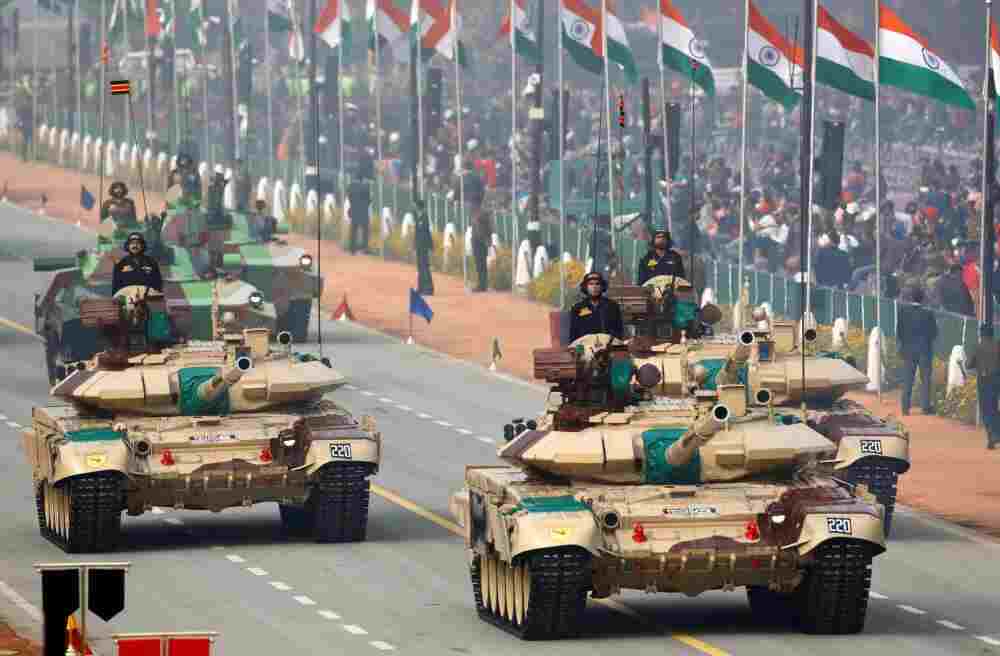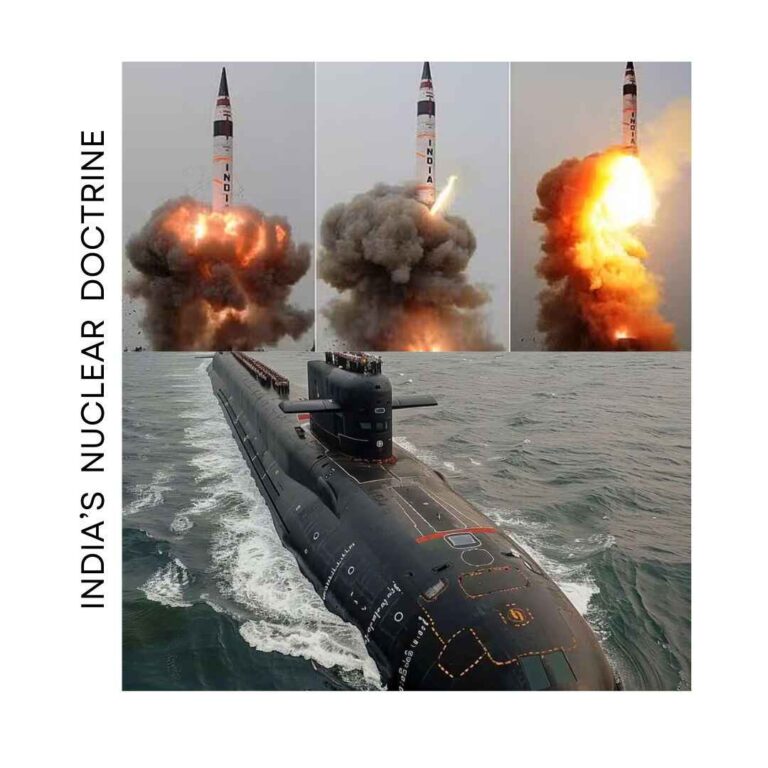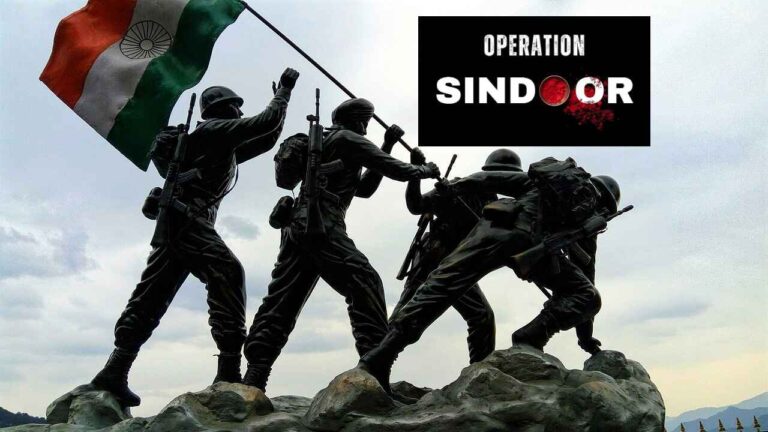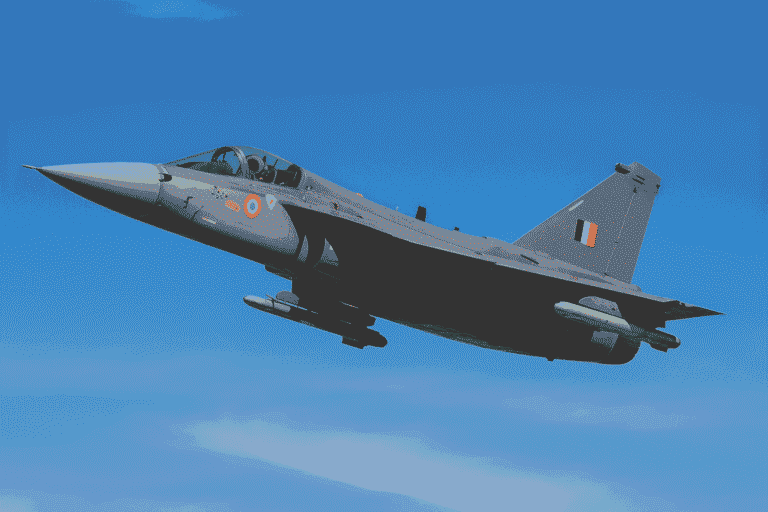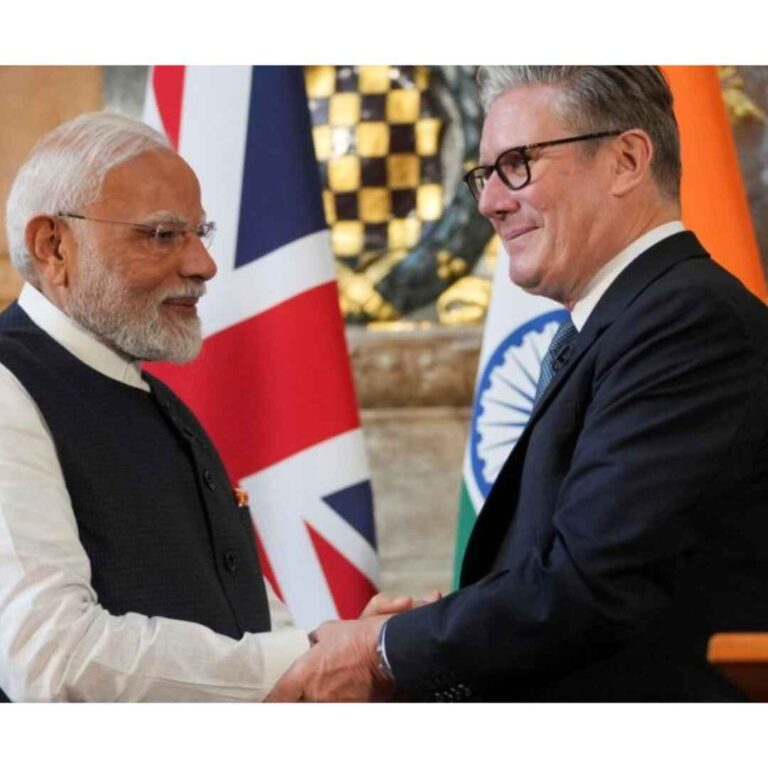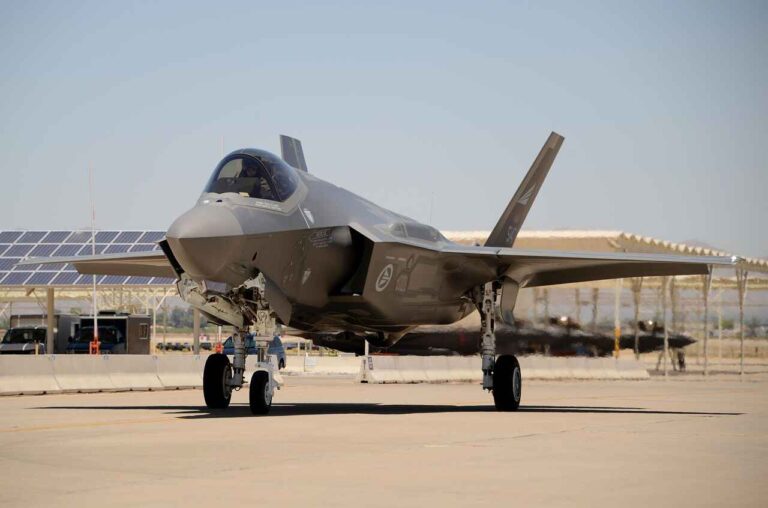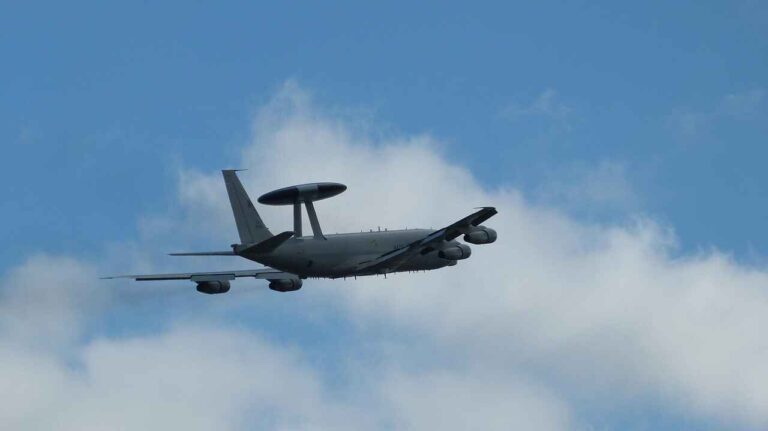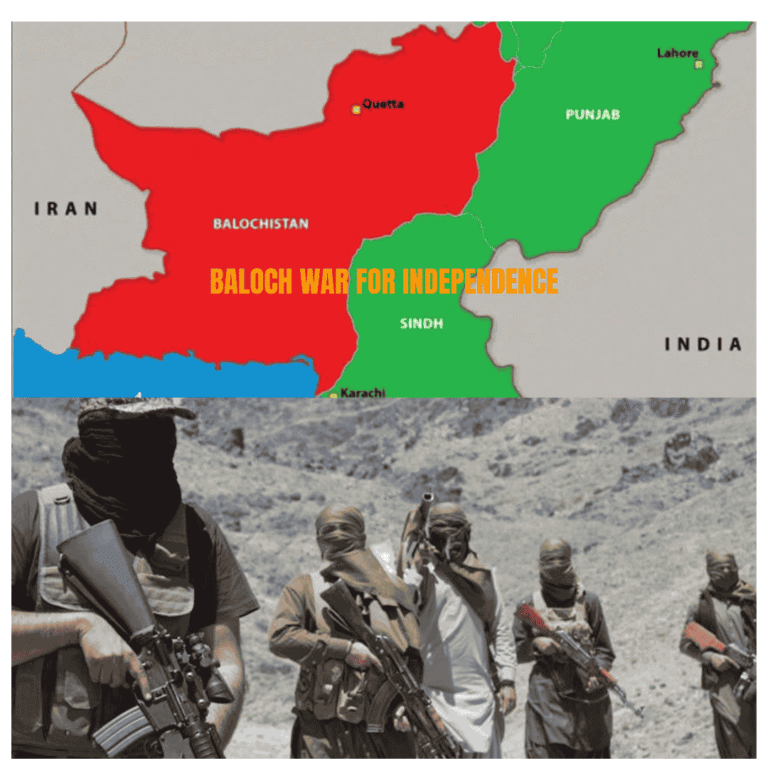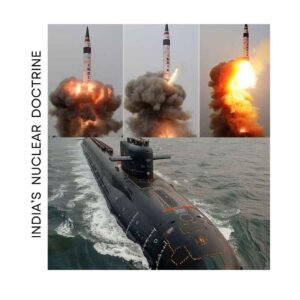Historical Background and Evolution of Cold Start Doctrine
The Cold Start Doctrine represents a significant shift in India’s military strategy, developed in response to changing geopolitical dynamics and emerging security threats in South Asia. Its origins, deeply rooted in the aftermath of two major conflicts—the Kargil War (1999) and the 2001 Indian Parliament attack—mark the beginning of India’s reconsideration of its military posture and response mechanisms, especially towards Pakistan.
The Kargil conflict between India and Pakistan was a limited war fought in the high-altitude region of Kargil, in Jammu & Kashmir. Although India successfully repelled the Pakistani intrusions, the conflict exposed some operational challenges:
- Slow Mobilization: Indian military forces took several weeks to mobilize fully, causing delays in response. This highlighted the need for quicker troop deployment and operational readiness.
- Limited Strategic Options: The conflict was constrained to the Kargil sector, with no option for India to launch a broader retaliatory strike due to the risk of nuclear escalation.
The Kargil experience underscored the importance of rapid mobilization and a flexible military strategy, leading Indian military planners to reconsider how they could respond to future threats, especially from Pakistan.
On December 13, 2001, a terrorist attack on the Indian Parliament, believed to be orchestrated by Pakistani-based militant groups, brought India and Pakistan to the brink of war. The attack triggered Operation Parakram, where India mobilized its military forces for nearly 10 months in anticipation of a potential war with Pakistan. However, several critical issues emerged during the operation:
- Extended Mobilization Time: It took India almost three weeks to fully mobilize its forces, losing the element of surprise and enabling Pakistan to prepare a counter-response.
- Nuclear Deterrence: Pakistan’s nuclear capabilities made India cautious about launching a full-scale military offensive, resulting in a military standoff rather than an open conflict.
Operation Parakram’s failure to secure significant military gains highlighted the weaknesses of Sundarji Doctrine, which prioritized large defensive formations and a sluggish mobilization process.
The Sundarji Doctrine, developed in the 1980s by General K. Sundarji, was based on mass mobilization and defensive strategies. It relied heavily on large strike corps deep within the Indian mainland, far from the Pakistani border. However, this strategy became outdated in post-nuclear South Asia, where the threat of mutual assured destruction prevented full-scale conventional war.
In this context, the Cold Start Doctrine was conceptualized around 2004. The goal was to create a more flexible and rapid response mechanism that would allow India to:
- Conduct swift, limited strikes across the border before international diplomatic pressure could intervene.
- The doctrine was designed to carry out shallow incursions into Pakistani territory, without crossing nuclear thresholds.
- Cold Start would rely on integrated battle groups (IBGs), which are pre-positioned close to the border and capable of launching rapid offensive operations.
Core Objectives of Cold Start Doctrine
The Cold Start Doctrine represents a fundamental shift in India’s military strategy, aimed at addressing the challenges posed by a nuclear-armed adversary—primarily Pakistan. Its primary focus is on conducting rapid, limited military operations that achieve strategic goals while avoiding full-scale war or nuclear escalation. Below are the key objectives of this doctrine:
Swift, Limited War without Escalation
The primary objective of Cold Start is to conduct rapid military operations across the border into Pakistani territory without triggering a nuclear response. Given the nuclear environment in South Asia, Cold Start is designed to allow for shallow incursions—achieving tactical military objectives within a short timeframe:
The doctrine emphasizes capturing small pockets of territory rather than launching large-scale, prolonged campaigns, reducing the risk of nuclear escalation.
By executing operations quickly, Cold Start aims to achieve military gains before international diplomatic pressure can force a ceasefire.
Deterrence through Offensive Posture
Cold Start’s offensive nature is intended to deter Pakistan from engaging in low-intensity warfare or supporting cross-border terrorism. The doctrine moves away from the traditional defensive strategies that characterized India’s military posture during the Cold War.
Cold Start provides the Indian military with a tool to retaliate against any terrorist attacks or border provocations by conducting pre-emptive or retaliatory strikes within Pakistan’s territory.
By demonstrating its ability to carry out rapid, limited incursions, India seeks to raise the strategic cost of any further aggression from Pakistan, including state-sponsored terrorism.
Cold Start serves as a psychological deterrent, signaling to Pakistan that India will not hesitate to respond militarily, even if the threat of nuclear escalation looms in the background.
Reducing Mobilization Time
One of the key weaknesses in India’s traditional military strategy—highlighted during Operation Parakram (2001-2002)—was the slow pace of mobilizing large strike corps for battle. Cold Start addresses this by focusing on reducing mobilization times.
The doctrine envisions the use of smaller, flexible Integrated Battle Groups (IBGs), which are stationed closer to the border and can be rapidly deployed for offensive operations. This decentralization enables faster response times.
Cold Start seeks to ensure that India’s forces are positioned and ready for action along the border, minimizing the time lost in mobilizing troops and equipment during a crisis.
The doctrine emphasizes maintaining a constant state of military readiness, ensuring that Indian forces can launch operations within 48-72 hours of receiving the order.
Achieving Tactical Surprise
Another core objective of Cold Start is to achieve strategic and tactical surprise during any military engagement with Pakistan. This is key to overwhelming the adversary and minimizing their ability to effectively respond:
By rapidly launching pre-planned offensives, India aims to deny Pakistan the opportunity to fully mobilize its forces or prepare for a counterattack.
Cold Start involves launching operations along multiple fronts, keeping the adversary off-balance and forcing them to divide their resources across several areas of conflict.
Leveraging Combined Arms Warfare
The Cold Start Doctrine emphasizes combined arms warfare, a key component of modern military strategy. This involves the coordinated use of different military branches—Army, Air Force, and potentially Navy during operations.
Tanks and mechanized infantry form the backbone of Cold Start operations, driving rapid incursions across the border.
Close coordination between artillery units and air force assets ensures that Indian forces can neutralize enemy defenses, conduct precision strikes, and maintain air superiority during operations.
Preventing Protracted Conflict
Cold Start’s focus on short, sharp engagements is designed to avoid the pitfalls of protracted conflicts that could lead to undesirable consequences:
The doctrine aims to bring about a quick military resolution, ideally before diplomatic efforts lead to a ceasefire or global powers intervene to de-escalate the situation.
By limiting the scope and objectives of military operations, Cold Start ensures that conflict remains manageable, reducing the risk of escalation into a broader, more destructive war.
Maintaining Conventional Superiority
Cold Start underscores India’s pursuit of conventional military superiority over Pakistan, ensuring that the Indian Army, Navy, and Air Force are capable of defending the nation while deterring nuclear blackmail. The doctrine supports the following key objectives:
By focusing on modernization, including upgrading armor, artillery, and missile systems, India maintains a qualitative edge in conventional warfare.
Cold Start is designed to render tactical nuclear weapons less effective by ensuring that Indian forces can quickly achieve their objectives before such weapons are considered a viable option.
Flexibility and Adaptability
A critical aspect of the Cold Start Doctrine is its flexibility in dealing with a variety of security challenges.
The doctrine is not confined to any single geographical theater and can be applied to different sectors along the Indo-Pakistani border.
Cold Start is designed to allow India’s military planners to adjust the scope and intensity of military operations based on the specific strategic objectives at hand.
International Perception and Criticisms
The Cold Start Doctrine has garnered significant international attention and debate since its inception. As a military strategy developed by a nuclear-armed country in a sensitive region, Cold Start’s potential implications for regional stability, nuclear escalation, and international relations have sparked varying reactions from foreign governments, analysts, and strategic think tanks. While some view it as a logical response to India’s security challenges, others raise concerns about its risks and potential consequences.
Concerns over Regional Stability
One of the primary criticisms of Cold Start revolves around its potential to destabilize an already volatile region. South Asia is marked by historical tensions, unresolved border disputes, and nuclear deterrence between India and Pakistan.
Some analysts suggest that Cold Start might provoke Pakistan to further strengthen its conventional and nuclear arsenals, leading to a dangerous arms race in South Asia. As Pakistan strives to counterbalance India’s conventional superiority, the doctrine might unintentionally fuel a cycle of military buildups.
Cold Start’s focus on rapid, limited war could unintentionally escalate small skirmishes into broader conflicts. Even a minor provocation or cross-border terrorist attack could prompt Cold Start-style responses from India, potentially leading to uncontrolled escalation before international mediation efforts take effect.
Risk of Nuclear Escalation
One of the most cited concerns about Cold Start is the risk of nuclear escalation between India and Pakistan. Given the nuclear capabilities of both countries, Cold Start has raised fears about how quickly a conventional conflict could spiral into a nuclear exchange.
Critics warn that Cold Start may rely too heavily on the assumption that Pakistan will refrain from using nuclear weapons, even in the face of limited incursions. However, Pakistan’s nuclear doctrine is ambiguous, and there is no guarantee that it would refrain from nuclear retaliation if it felt existentially threatened, even by a limited war.
Diplomatic Concerns from Global Powers
Global powers like the United States, China, and Russia, have expressed concern about Cold Start’s implications for regional security and their strategic interests.
While the United States has a vested interest in maintaining stability in South Asia, it has expressed reservations about Cold Start, particularly its potential to escalate conflicts. Washington has called for restraint from both India and Pakistan, recognizing that even limited conflicts could draw in external powers and destabilize the region.
As Pakistan’s closest ally, China has a strategic interest in ensuring that Cold Start does not destabilize the region. Chinese analysts have voiced concerns about India’s increasing military assertiveness and its potential to disrupt the delicate balance of power in the region. China’s growing military and economic presence in Pakistan through projects like the China-Pakistan Economic Corridor (CPEC) makes it particularly sensitive to Cold Start’s implications.
Questions of Feasibility and Operational Success
Some international analysts question the feasibility and practical success of Cold Start in achieving its military objectives. While the doctrine’s ambitions are clear, critics point to potential limitations in its execution.
Rapid mobilization and short operational timelines are critical to Cold Start’s success. However, some critics argue that India’s current military infrastructure and logistics may not be adequately prepared to support such highly coordinated, rapid incursions. They point to bottlenecks in transportation, deployment, and the ability to sustain mechanized units in forward areas.
Concerns from International Peacekeeping and Mediation Bodies
The United Nations (UN) has consistently advocated for peaceful resolution of disputes in South Asia and views military doctrines like Cold Start with caution. The UN has encouraged dialogue between India and Pakistan to avoid the possibility of escalation and has called for greater transparency regarding nuclear doctrines.
Pakistan’s Response and Criticism
Pakistan has been the most vocal critic of the Cold Start Doctrine. From Islamabad’s perspective, Cold Start poses an existential threat, and Pakistan has developed both conventional and nuclear responses to counter the doctrine.
Pakistan views Cold Start as an inherently aggressive doctrine, aimed at undermining its security and territorial integrity. Pakistani officials have repeatedly condemned the doctrine in international forums, arguing that it undermines peace and stability in the region.
Calls for Confidence-Building Measures (CBMs)
Several international analysts and governments have advocated for Confidence-Building Measures (CBMs) to mitigate the risks posed by Cold Start and enhance transparency between India and Pakistan.
Some have suggested establishing or improving military-to-military communication channels between India and Pakistan to prevent misunderstandings or miscalculations that could lead to conflict escalation. These channels could help diffuse tensions during crises and ensure that Cold Start-style operations do not inadvertently trigger a broader conflict.
Strategic Balance with China
Though Cold Start is primarily focused on Pakistan, some international analysts speculate about its indirect relevance to India’s broader strategic posture in South Asia, particularly regarding China.
Cold Start’s development has been viewed by some as a way for India to manage a possible two-front war scenario involving both Pakistan and China. In this sense, the doctrine’s ability to deal with Pakistan swiftly would allow India to focus more resources on its border with China.
Is the Cold Start Doctrine Still Relevant?
The Cold Start Doctrine has played a pivotal role in India’s military strategy since its inception in the early 2000s. Developed as a response to cross-border terrorism and low-intensity conflicts with Pakistan, the doctrine aimed to enable rapid military mobilization for swift, limited strikes while avoiding full-scale war and nuclear escalation. However, as regional security dynamics and warfare technologies evolve, the relevance of Cold Start is increasingly questioned.
Initially conceived to address incursions from Pakistan, the doctrine’s relevance has shifted as the nature of India-Pakistan relations has changed. Recent conflicts, such as the 2019 Balakot airstrike, have been localized and centered on surgical strikes rather than large-scale conventional warfare, suggesting a reduced need for Cold Start’s broader, mechanized war approach. Pakistan’s nuclear deterrence, particularly its development of tactical nuclear weapons, has also complicated the doctrine’s utility, as any conflict risks triggering a nuclear escalation.
In addition to these strategic considerations, advancements in military technology further impact Cold Start’s relevance. Modern warfare is increasingly shaped by precision-guided munitions (PGMs), cyber warfare, and drone-based operations. Cold Start, with its focus on rapid mechanized warfare, must adapt to incorporate these technologies, alongside a shift toward network-centric warfare, to stay effective. India’s reliance on special forces operations and intelligence-driven strikes, exemplified by the Uri and Balakot operations, presents a more precise and relevant alternative in the current strategic environment.
Another factor is the rise of China as a dominant regional power. India’s military planning now contemplates the possibility of a two-front war involving both Pakistan and China, a scenario for which Cold Start, designed for a single-front conflict, may be insufficient. Furthermore, China’s deepening strategic ties with Pakistan through projects like the China-Pakistan Economic Corridor (CPEC) further complicate India’s security calculus.
Despite these challenges, Cold Start can remain relevant if it evolves alongside modern military doctrines. Integrating new technologies such as drones, AI systems, and cyber capabilities with air, land, and naval forces will ensure the doctrine maintains its core objectives of speed and limited conflict. As India progresses with its military modernization efforts, Cold Start may transform into a more flexible and technology-driven strategy for future conflicts.

